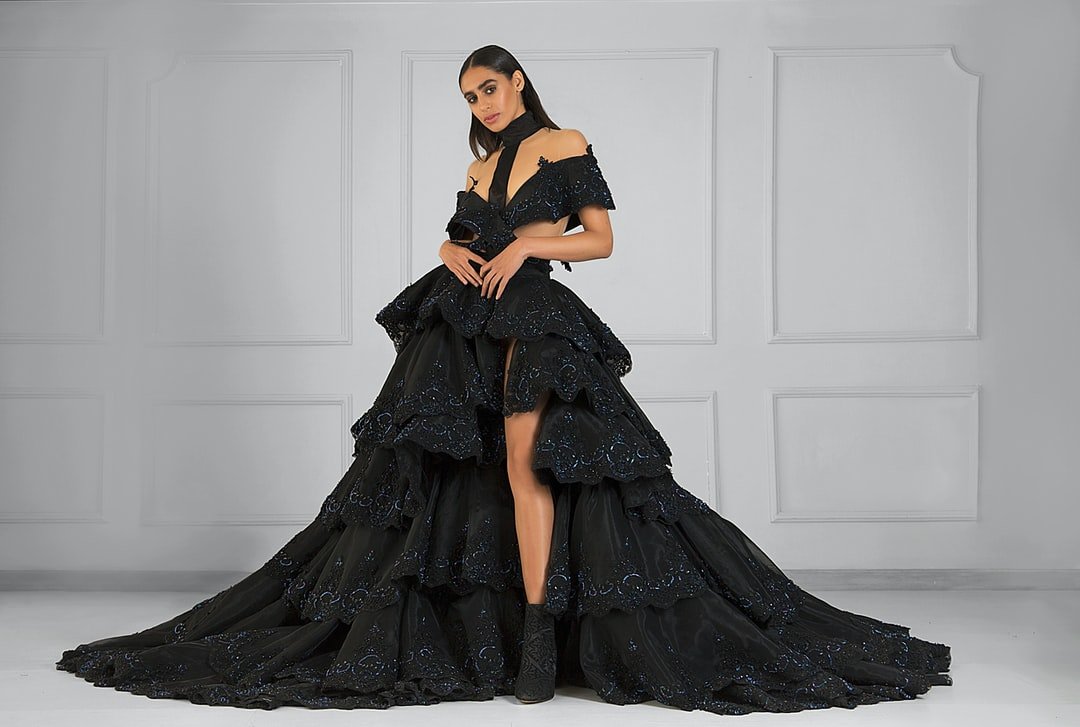Fabric Designer Training and Occupation Ideas

The Lauren Lesley Studio creates garments and also textiles for a variety of purposes, most of which include safeguarding the setting, producing a garment in a custom-made pattern, making an item of apparel that can be put on daily, and also making a textile right into a masterpiece. Textile layout can be seen in everyday fabrics along with extremely specialized ones. Some instances of specialized fabrics consist of all-natural fiber blends, recycled materials like woollen, cotton, jute, sisal, and bamboo, as well as synthetic fibers including rayon, nylon, Lycra, polyester, acrylic, terylene, and also others. Some of the most popular textiles consist of coats, scarves, serapes, tosses, gowns, bathing suits, lounge wear, evening gowns, cottons, linens, linoleum, fabrics made use of in commercial as well as style wear, as well as garments as well as textile blends for sports wear.
Fabric geometry refers to the imaginative and technological technique through which material or threads are woven or linked together to form a distinctive, sturdy, as well as sensible textile or product that is after that decorated. While there are six basic geometric shapes - cylindrical, rectangular, elongate, square, rounded, as well as triangular - fabrics can be designed utilizing a variety of other geometric shapes. A textured fabric is made by layering different appearances over one another. It can likewise be painted or embellished to match the specific needs of the user. Textile designers work in a variety of fields connected to the fabric they create. They might be associated with the manufacturing of outerwear, safety apparel, linens, slacks, outfits, and also matches. Their job might vary over a broad variety of fabric items or specialize in one location of the industry. Check it out here for more details about fabric designer training.
A fabric designer who collaborates with protective fabrics might focus on sports equipment such as helmets and also cushioning, while a developer working on innerwear might focus on sweatpants as well as various other apparel products for professional athletes. Apparel fabrics were not created over night and also developers should pay attention to what their clothes are constructed from as well as the ways in which they will certainly be made use of. Some clothes can be machine-washable, while others need dry cleansing. Clothes textiles have actually become very made complex considering that the invention of the zipper, so designers as well as makers have spent several years researching and try out the appropriate combination of products as well as colors to generate the perfect garment. This has actually made textile developers extremely knowledgeable concerning how clothes looks on the body as well as what combinations of materials, shades, and also textures will boost the appearance of the user.
Garments designers can work with suppliers to create clothes in any kind of shade or size, although more customized fabrics might be created only for sure sizes or weights. Textile designers typically belong to teams that collaborate on large projects. These groups might consist of all participants of the team, or they may consist of a specific developer and also one or two aides. The assistants after that help with the conceiving of the designs, or offer input during the process of developing the style. The fabric developer gets guidelines from the manufacturing team about the textile to be produced as well as as soon as the task is underway, he or she sends examples of designs to the manufacturing group. When approved, the textile is shipped to the manufacturer. Fabric developers can work with both local and also worldwide customers.
A lot of international textile developers come from the Profession College for Fabric Designers as well as participate in seminars and workshops arranged by the institutes. Students learn about fabrics and also layout methods through these programs. For the most part, these students additionally obtain specialist training in textiles, tailoring, as well as producing approaches. They additionally reach collaborate with industry experts and also specialists throughout the training course of their researches, aiding them in their future professions. To get a detailed overview of this topic, see here: https://www.britannica.com/art/fashion-industry/Fashion-design-and-manufacturing.
